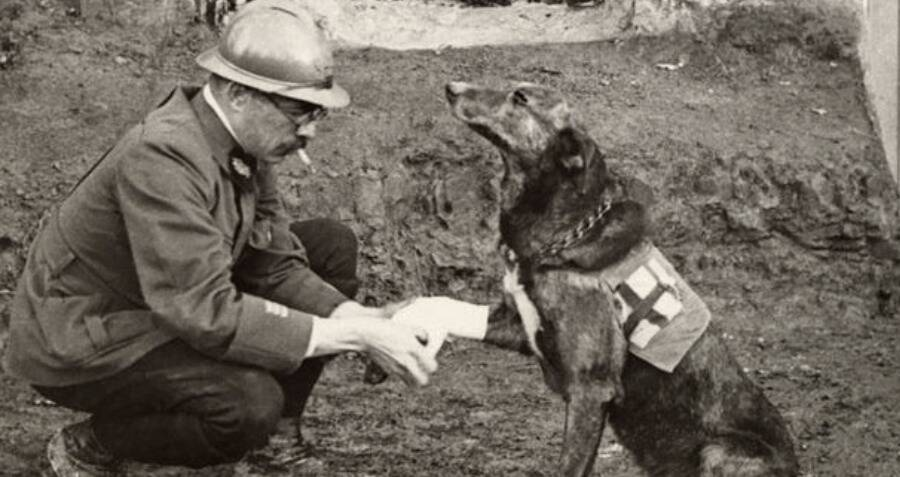When we think of World War I, we often picture muddy trenches, deafening artillery, and brave soldiers locked in a brutal stalemate. But amid the chaos and horror of No Man’s Land, a different kind of hero roamed one without a uniform, one who barked instead of spoke. These were the Mercy Dogs, also known as ambulance dogs silent, loyal, and lifesaving companions who played a crucial role in saving thousands of lives on the battlefield.
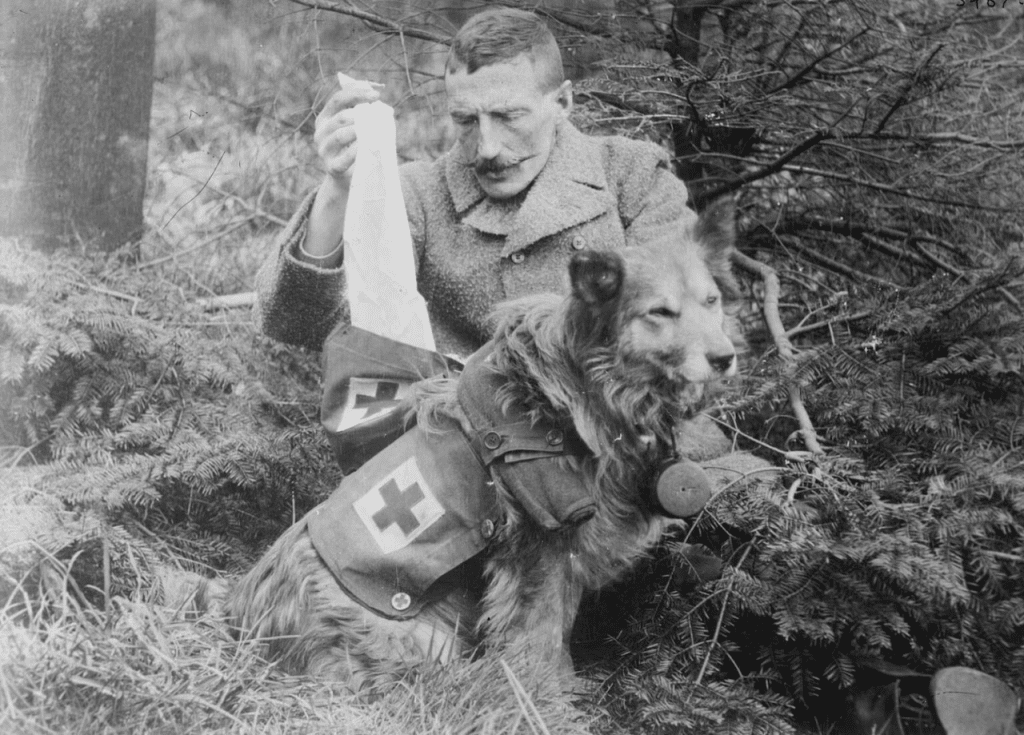
What Were Mercy Dogs?
Mercy Dogs were specially trained canines deployed during World War I to locate wounded soldiers in the field, particularly in areas too dangerous for medics to reach immediately. These dogs carried medical supplies such as bandages, morphine, and water pouches in small saddlebags attached to their backs. In many cases, they stayed beside the wounded, offering warmth and comfort until help could arrive.
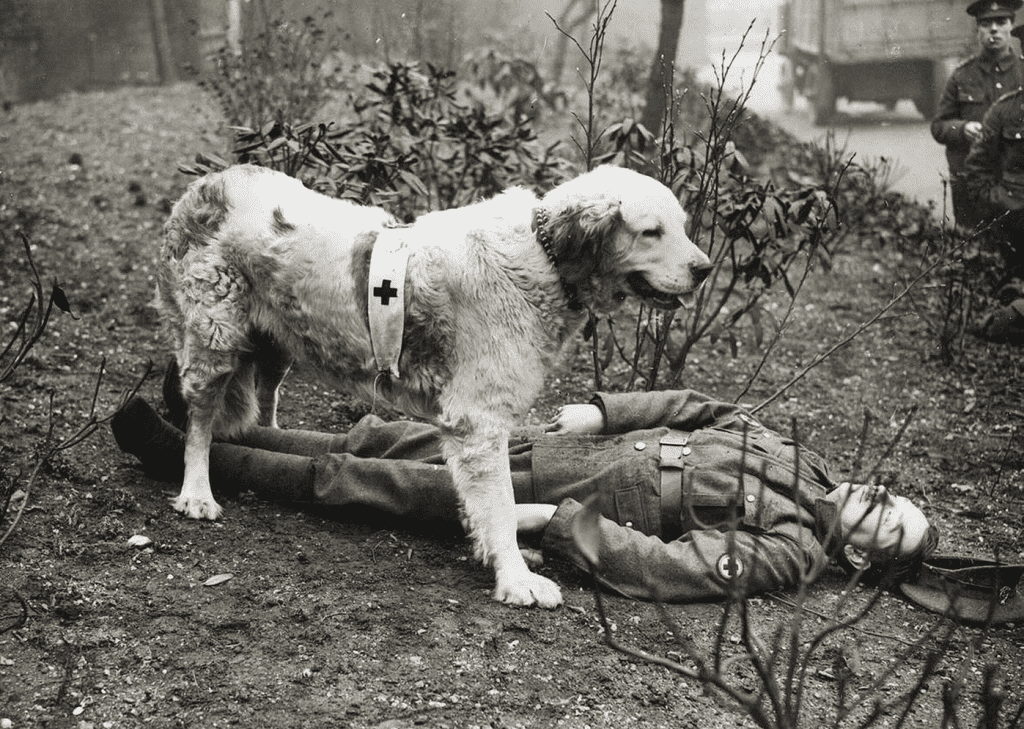
Their presence wasn’t just functional it was profoundly emotional. For a soldier left bleeding and alone in No Man’s Land, the sudden appearance of a dog offering aid meant hope. In fact, many soldiers credited Mercy Dogs with not only saving their lives physically but giving them the will to hang on a little longer.
Video:
Mercy Dogs of the Great War
Trained for Bravery, Built for Compassion
These dogs weren’t ordinary pets plucked from homes. They underwent rigorous military training to be able to:
- Navigate battlefields filled with barbed wire, shell holes, and corpses.
- Identify living soldiers from the dead by scent or subtle movement.
- Remain calm under fire and work independently without constant human instruction.
- Sometimes drag injured men to safety or guide medics back to the wounded.
Breeds like German Shepherds, Dobermans, Airedale Terriers, and even mixed breeds were used. But no matter the type, what mattered most was their temperament: loyalty, intelligence, resilience, and compassion.
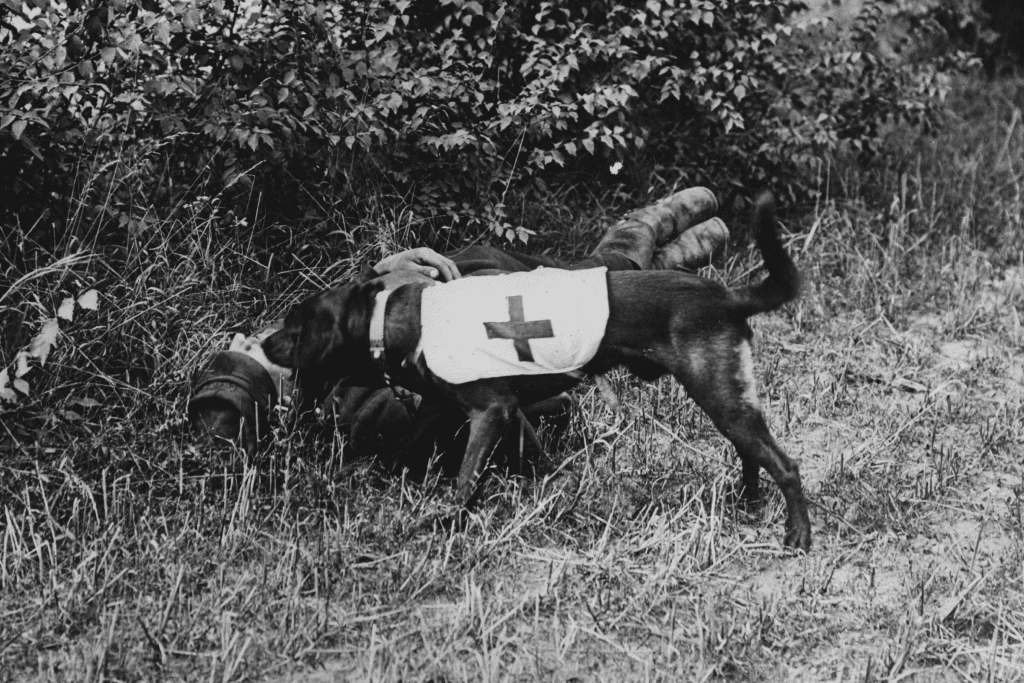
Stories That Stir the Soul
One of the most famous Mercy Dogs was a German canine named Rolf, who reportedly saved dozens of lives during his service. He would venture into shell-cratered zones alone, returning with scraps of uniforms or even pulling stretchers when needed.
Another well-known dog, Prusco, served with the French army. He famously found a wounded soldier buried under a pile of debris, scratching and barking until the man was freed. Prusco was later awarded a medal for his bravery.
These aren’t fairy tales or children’s stories. These accounts were documented by soldiers, nurses, and commanders—men and women who witnessed firsthand the courage of these four-legged saviors.
More Than Just War Dogs
While Mercy Dogs were part of the military machine, they were never treated like mere tools. Soldiers often formed deep emotional bonds with them. Many would share their rations, sleep beside them in the trenches, and mourn them like fallen comrades when they were lost.
Video:
Story S1E2: The Mercy Dogs of World War One
Some dogs were even buried with honors or mentioned in dispatches. Their loyalty knew no borders British, French, and German armies all used and respected these dogs, proving that even in war, compassion transcends sides.
Their Legacy Today
Though warfare has changed, the legacy of Mercy Dogs lives on. Today, military working dogs serve in bomb detection, search-and-rescue missions, and emotional support roles for veterans suffering from PTSD.
Modern therapy dogs in hospitals and disaster zones carry the same spirit offering comfort, calm, and hope in places where humanity is stretched thin. They may not roam No Man’s Land anymore, but their purpose remains the same: to serve, to comfort, and to heal.
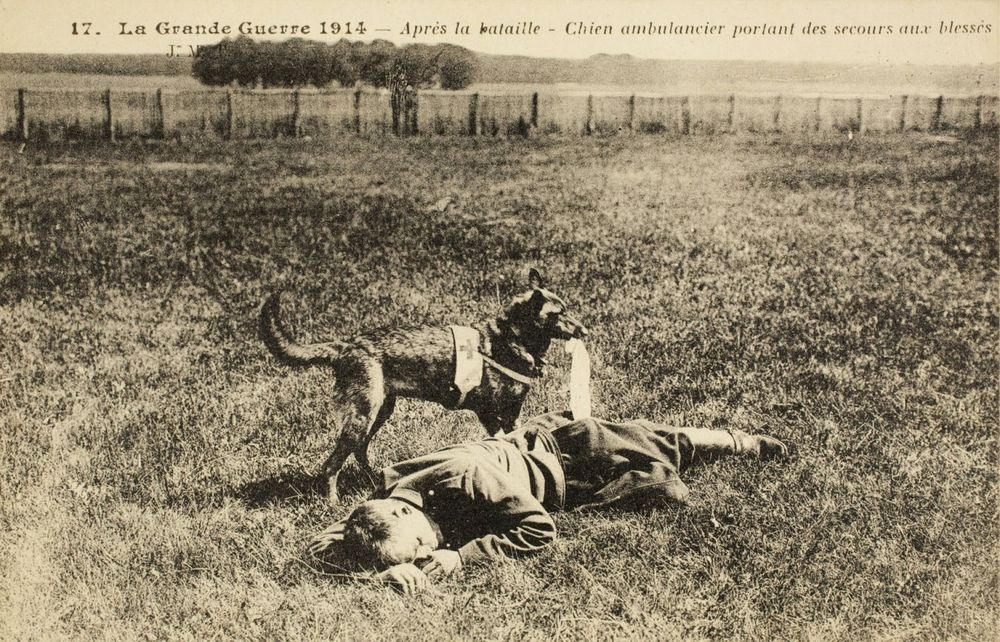
A Final Salute
It’s easy to forget the quieter heroes of history those who didn’t carry rifles but carried something arguably more powerful: unconditional love and unwavering dedication. Mercy Dogs didn’t ask to be heroes, yet they walked straight into hell to bring a little piece of heaven to wounded men.
So the next time you think of World War I, remember not just the soldiers in uniform but the brave paws that padded beside them, bringing help, hope, and heart in humanity’s darkest hours.
